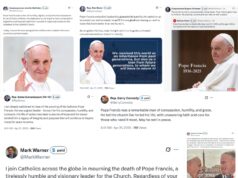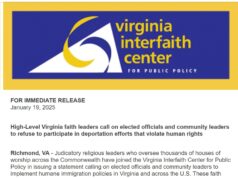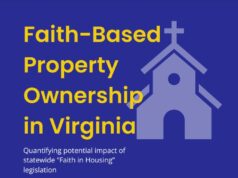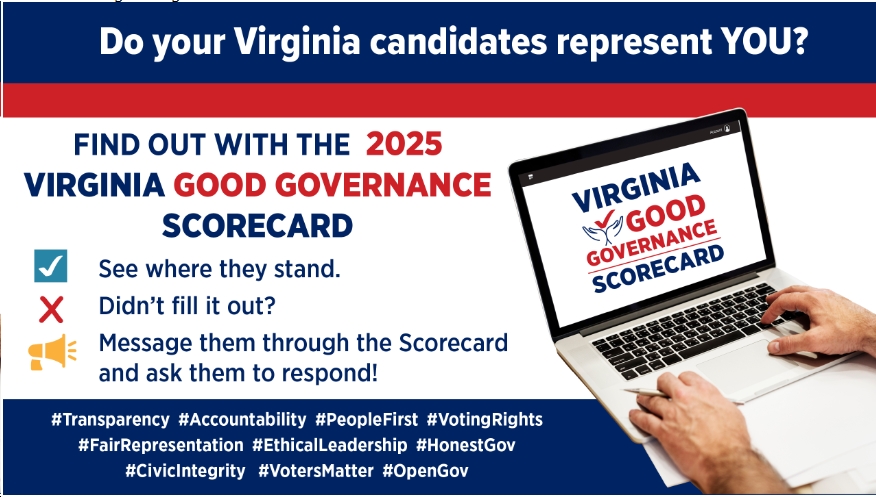by John Seymour
The Establishment Clause of the First Amendment prohibits the government from making any law “respecting an Establishment of religion.” Thomas Jefferson was the first to view the Clause as “building a wall between Church and State” and as part of a necessary framework for a tolerant pluralistic democracy. The wall was most solidly constructed and clearly marked with its prohibition on direct State funding of clergy salaries. Fellow Founding Father and Virginian James Madison, the chief architect of the Establishment Clause, maintained that it was a violation of religious freedom to “force a citizen to contribute three pence” of his property to pay for the salaries of clergy.
With its implementation of the Paycheck Protection Program (PPP) of the Coronavirus Aid, Relief, and Economic Security Act (CARES), the Small Business Administration wholly ignored these long-standing constitutional principles. For purposes of PPP forgivable loans, the SBA revoked its prior policy prohibiting loans to businesses principally engaged in “indoctrinating religion or religious beliefs.” SBA also eliminated — for religious institutions — its rule prohibiting the grant of SBA loans to organizations that employ more than 500 employees. For some secular institutions such as Planned Parenthood, however, the SBA insists that the limitation on number of employees still applies and renders them ineligible for loans.
Unsurprisingly, religious organizations have been among the most aggressive and successful seekers of PPA funding. In Arlington, one of the principal beneficiaries of PPP funding is the Catholic Diocese. So far, the Diocese has received two loans: one of between $2 million and $5 million, and a second of between $1 million and $2 million. Bishop Denis O’Connell High School, a Catholic school in Arlington, also received a PPP loan of between $2 million and $5 million. The precise size of these loans, and their justifications, are unknown. Despite multiple requests and a pending court challenge for access under the Freedom of Information Act, the SBA has refused to release the actual amount of any of its PPA loans, together with underlying financial information.
It is just possible, perhaps, that the loans might have salutary effects on church financial transparency and accountability. Churches typically do not comply with the financial accountability standards applicable to secular non-profit organizations. Church finances thus have been historically opaque, as was most recently revealed in the unsuccessful public efforts to undercover the extent of the financial irregularities engaged in by Michael Bransfield, the West Virginia bishop recently ousted for alleged sexual and financial misconduct. The SBA requires that PPP loan applicants submit some financial information and has indicated that some financial review might be undertaken for large PPP recipients seeking loan cancellation.
The extent of this review remains unclear, however, particularly in light of Treasury Secretary Mnuchin’s statement that many loans might be forgiven without audits. The September report of the House Select Committee on the Coronavirus Crisis underscored this point, concluding that “tens of thousands of loans issued by the Administration could be subject to fraud, waste, or abuse,” yet more than 99% of the loans will have “little or no oversight.” The SBA’s own intransigence in the face of FOIA requests also suggests that citizens hoping for greater Church financial transparency through required PPA loan reporting will be disappointed.
It is also possible that the loans will require religious institutions to abide by civil rights laws. As recipients of federal financial assistance, PPP borrowers must comply with a host of federal laws prohibiting discrimination in the workplace. In light of the U.S. Supreme Court’s recent landmark decision holding that Title VII of the Civil Rights Act extends its protection to the LGBTQ community, religious institutions receiving PPP loans might be required to change their school, hospital and workplace practices to comply with newly recognized rights regarding sexual orientation and gender identity.
Such a transformation in Church practices would be welcomed by many Virginians. Effective July 1, 2020, the Virginia Values Act prohibited discrimination on the basis of sexual orientation and gender identity in housing and in pubic or private employment. Virginia is the first state in the southeastern United States to enact such protections. On the same day, Arlington County changed its County code to add gender identity and sexual orientation to the list of identities protected from discrimination.
Here too, however, critics of church teachings and policies in the area of sex, procreation and gender issues are likely to be disappointed. Acutely aware of the deeply conservative views of many religious institutions, the SBA has assured PPP loan recipients that any legal obligations imposed by the loan are not permanent and “once the loan is repaid or forgiven, those non-discrimination obligations will no longer apply.” Since prompt forgiveness of PPA loans by the current Administration is a near certainty, the anti-discrimination protections accompanying the loans are likely to be fleeting. The SBA also made clear its view that the Establishment Clause can be safely ignored by faith-based recipients where other laws and requirements may be deemed to burden a church’s religious practices. And despite the Supreme Court’s recent holding, its conservative majority assured faith-based communities that the newly-announced protections for LGBTQ rights can be superseded by religious liberty claims.
Our Founding Fathers understood that those living under laws and practices in a complex, pluralistic civil society must be tolerant and inclusive and that citizens, religious or irreligious, should not be compelled to fund ministers or their places of worship. Now, after a few hundred years and seemingly without public awareness, Madison’s “three pence” has morphed into billions of dollars and Jefferson’s wall has become a sieve. With a second Trump term, the wall between Church and State envisioned by our nation’s founders will be truly and thoroughly sundered. But Trump and Christian nationalists likely will find a beneficial use for its shards elsewhere— perhaps as part of a different wall. This one erected at our borders to keep unbelievers, or members of non-Christian faiths, on the other side.

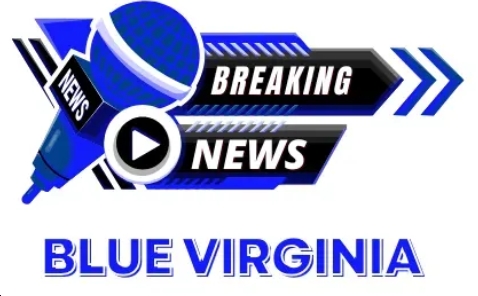 Sign up for the Blue Virginia breaking news newsletter
Sign up for the Blue Virginia breaking news newsletter